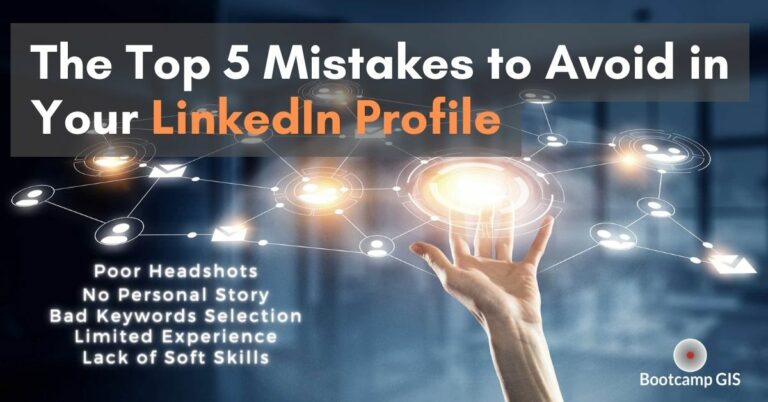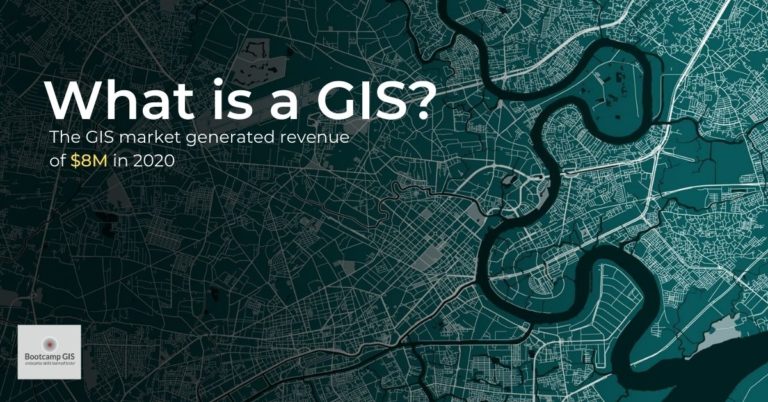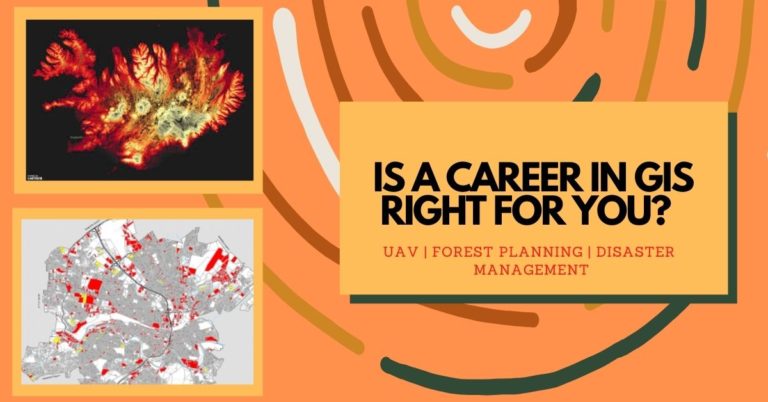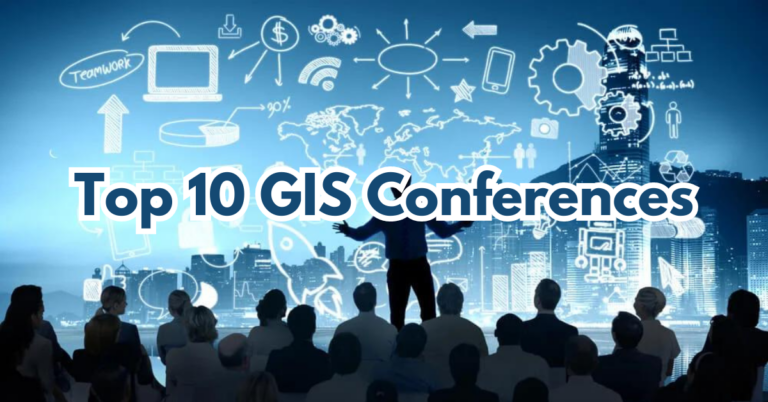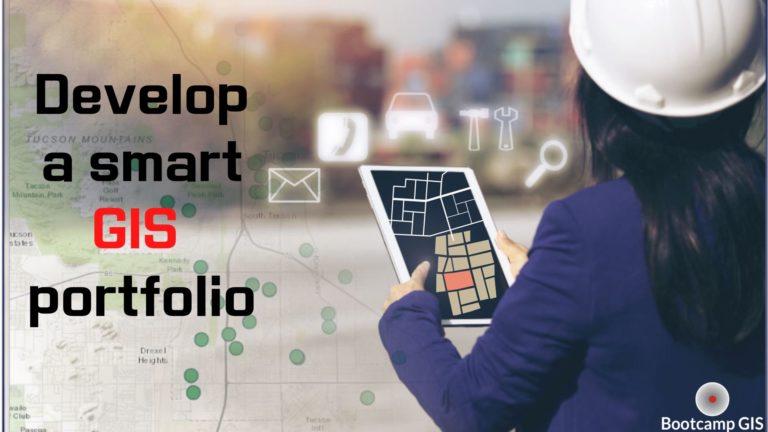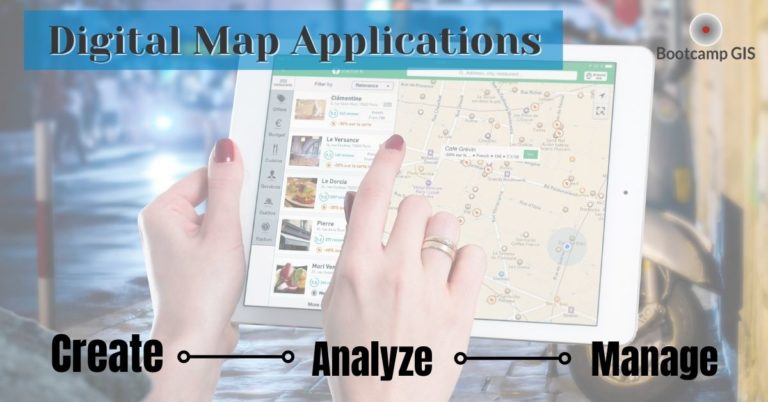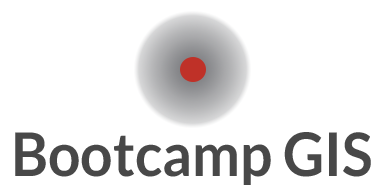Promoting GIS careers to marginalized groups
Senior GIS roles lack ethnic diversity
There is a startling representation gap in the Geospatial IT sector. Women and minorities are very tough to find in the lead technical roles that are instrumental in architecting and running GIS departments everywhere. This compelled me to do a survey of 1000 LinkedIn profiles where I came up with these results. The survey targeted enterprise skills where people classified themselves as GIS developers, programmers, architects, solution engineers, senior analysts and program managers. Not surprisingly, I found the industry to be white male dominated which is actually reflective of the entire tech sector. This begs for a proactive approach to promote marginalized communities into careers for GIS.
How schools inadvertently contributed to underrepresentation
Let’s first look at universities where GIS focused departments first materialized As a relatively young industry, progressive geography departments gained reputations out of UC Santa Barbara, San Diego State, University of Utah. And in the east it was Penn State, University of South Carolina, University of Wisconsin. If you look at faculty and graduating classes, they weren’t the best examples of diversity. While I was getting my Master’s, I was one of 2 Latinos in a cohort of 30 in a school that sat right on the US/Mexican border. These schools have produced a mature set of professionals that currently reflect the ethnic imbalance.
But there are other pathways to learn GIS
The great thing about our industry is that you can have any degree and attain a successful career in GIS. You just have to apply yourself to learning the tech. Some of the best GIS developers I know have degrees in archaeology, geology, and biology. Each has a story of stumbling upon a GIS class or working with GIS professionals and following up with their interest to learn more. Esri has done an awesome job with GIS Day in exposing a world of students to the idea of getting a GIS degree or GIS certificate. But most programs don’t have enough leadership diversity with achievable education paths to actively promote marginalized communities into jobs for GIS. Thus the pipeline of talent continues to have a limited demographic.
Socially conscious GIS organizations
Good organizations think about creating leadership that reflects the demographics of the community. I am seeing signs of progress. Esri has supported internal diversity programs like NorthStar and Black Girls MAPP. And these programs have had rich panel sessions at the last Esri UC. Women in GIS (WIG) and Supporting Women in Geography and GIS (SWIGGIS) have been active at promoting networking and education. See TXGIS day 2020 where SWIGGIS helped organize a virtual event. And Bootcamp GIS is partnering with minority based highschool prep organizations like Reality Changers.
How to bring diversity into the GIS field
The next step after discussion and networking must be skill building education that is made available to the targeted demographics. Bootcamp GIS incentivizes instructors from marginalized communities to share their expertise. They act as successful career models and to move the needle with an increase in GIS career professionals. If interested, see our candidate instructor page and see how Peer-2-Peer GIS education is making a difference on our platform. Please comment on other important organizations that are making a difference in this area.




